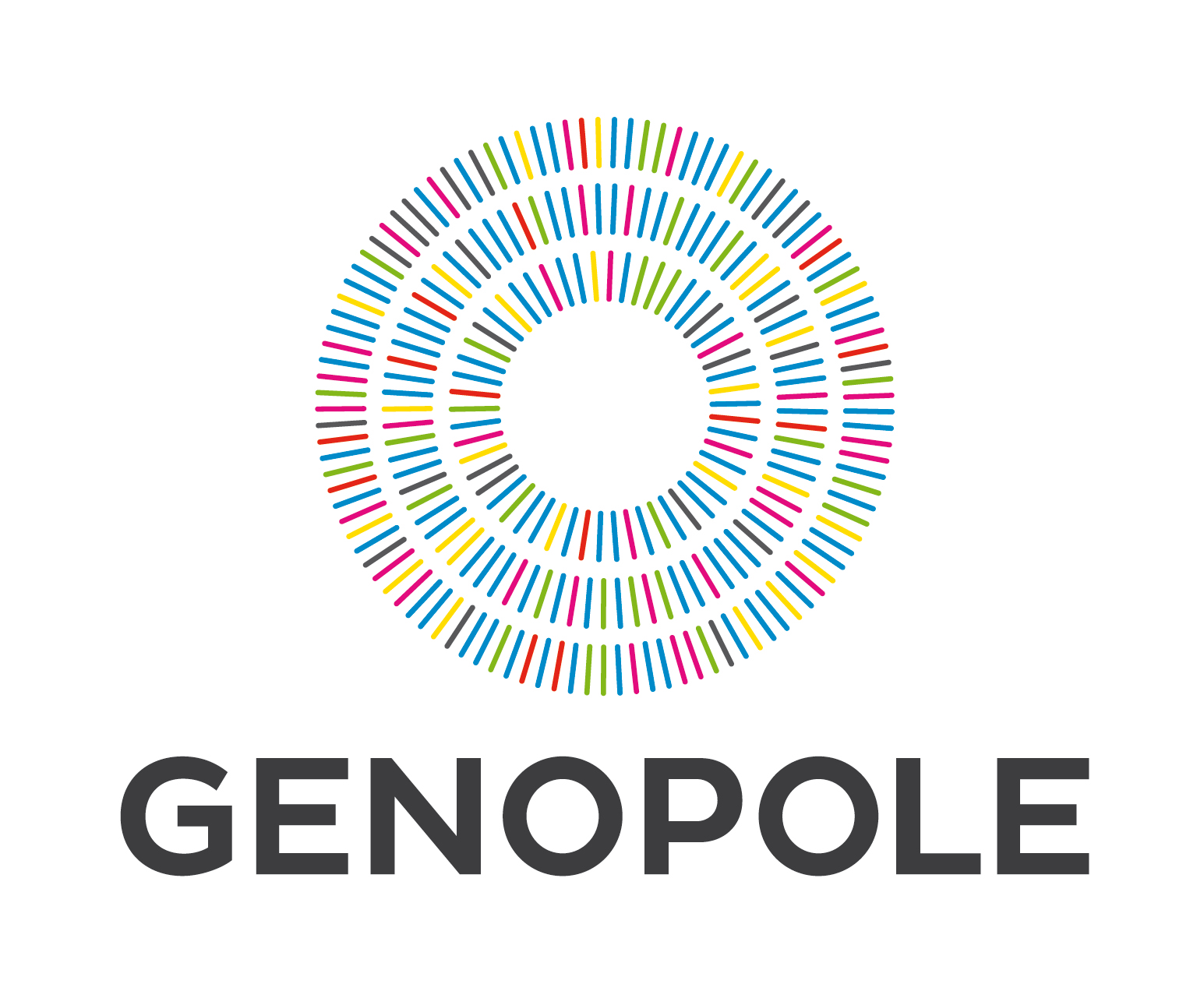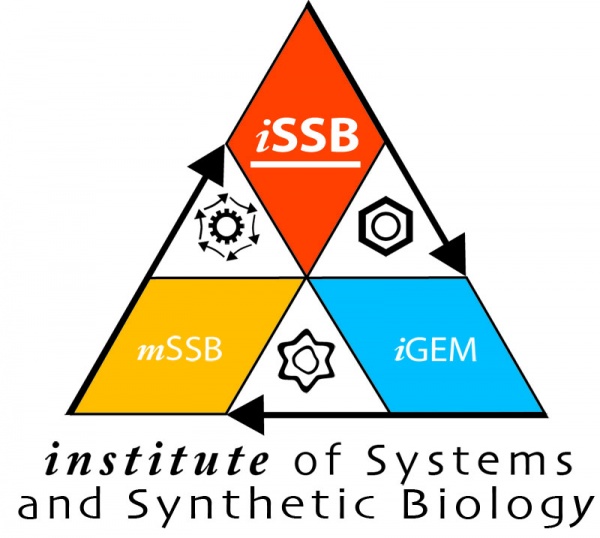Team:Evry/Project metabolism
From 2013.igem.org
| Line 5: | Line 5: | ||
<div id="mainTextcontainer"> | <div id="mainTextcontainer"> | ||
| - | < | + | <img src="https://static.igem.org/mediawiki/2013/1/11/Tube_digestif.jpg" alt="Intestine" width="20%" style="float:right;"/> |
| - | + | <h1>Iron metabolism</h1> | |
| - | < | + | |
<p> | <p> | ||
| Line 19: | Line 18: | ||
The human body barely absorbs iron from the outside. In fact, its loss is very low due to a constant recycling after the degradation of blood cells. The daily iron demand reaches approximatively 20 mg, which contrasts greatly compared to a total pool of 3000 to 5000 mg in the human body.<br> | The human body barely absorbs iron from the outside. In fact, its loss is very low due to a constant recycling after the degradation of blood cells. The daily iron demand reaches approximatively 20 mg, which contrasts greatly compared to a total pool of 3000 to 5000 mg in the human body.<br> | ||
<br> | <br> | ||
| - | |||
| - | |||
<img src="https://static.igem.org/mediawiki/2013/9/91/Iron_cycle_bis.png" alt="Iron absorption mechanism" width="40%" style="float:right;"/> | <img src="https://static.igem.org/mediawiki/2013/9/91/Iron_cycle_bis.png" alt="Iron absorption mechanism" width="40%" style="float:right;"/> | ||
| - | < | + | <br> |
| - | + | Two cycles have been described for the iron metabolism: the inner and outer cycle. The inner cycle consists of the exchange or iron between the red cells, plasma and different tissues (liver, bone marrow and muscle) and is ensured by a soluble blood protein - transferrine. Additionally, the outer cycle is only represented by the absorption of iron from the intestins to the blood and its loss through tissue desquamation and skin appendages. As a consequence, the plasmatic compartment plays a key role in iron regulation and appears as the main crossroad between both cycles. | |
| - | + | </p> | |
| - | + | ||
| - | + | ||
| - | + | ||
| - | </ | + | |
<img src="https://static.igem.org/mediawiki/2013/f/fb/Intestin_Sain.jpg" alt="Iron absorption mechanism" width="40%" style="float:right;"/> | <img src="https://static.igem.org/mediawiki/2013/f/fb/Intestin_Sain.jpg" alt="Iron absorption mechanism" width="40%" style="float:right;"/> | ||
Revision as of 20:19, 4 October 2013

Iron metabolism
From bacteria to humans, many molecular structures and metabolic pathways involve iron as an oxygen and/or electron carrier. However, despite its essential role for all living beings, iron is toxic by inducing the formation of free radicals. As a consequence, the human body has a fine regulation regarding the iron cycle and any unbalance can lead to diseases such as hemochromatosis and thalassemia.
The iron cycle
The human body barely absorbs iron from the outside. In fact, its loss is very low due to a constant recycling after the degradation of blood cells. The daily iron demand reaches approximatively 20 mg, which contrasts greatly compared to a total pool of 3000 to 5000 mg in the human body.

Two cycles have been described for the iron metabolism: the inner and outer cycle. The inner cycle consists of the exchange or iron between the red cells, plasma and different tissues (liver, bone marrow and muscle) and is ensured by a soluble blood protein - transferrine. Additionally, the outer cycle is only represented by the absorption of iron from the intestins to the blood and its loss through tissue desquamation and skin appendages. As a consequence, the plasmatic compartment plays a key role in iron regulation and appears as the main crossroad between both cycles.

Iron demand and intestinal absorption
Despite the recommended daily allowance of iron is 20 mg, its absorbption only reaches 1 mg. This is correlated to the constant recycling of iron in the human body and the very low loss (35% through skin desquamation and skin appendages and 65% through instestinal secretion and desquamation. The iron requirements are covered by a healthy and well-balanced diet.
Iron absorption is known to be absorbed in the duodenum (60%) and the jejunum (40%). A low pH and a high rate of water directly influence its biodisponibility, thus being very environmental dependant. However, the follwing rule is applicable in any situation: ferrous iron is better absorbed than ferric iron.
Ferrous iron passes the enterocyte membrane by DMT1 (Divalent Metal Transporter 1). The transporter's expression level can be increased, especially in case of anemia.
 "
"













